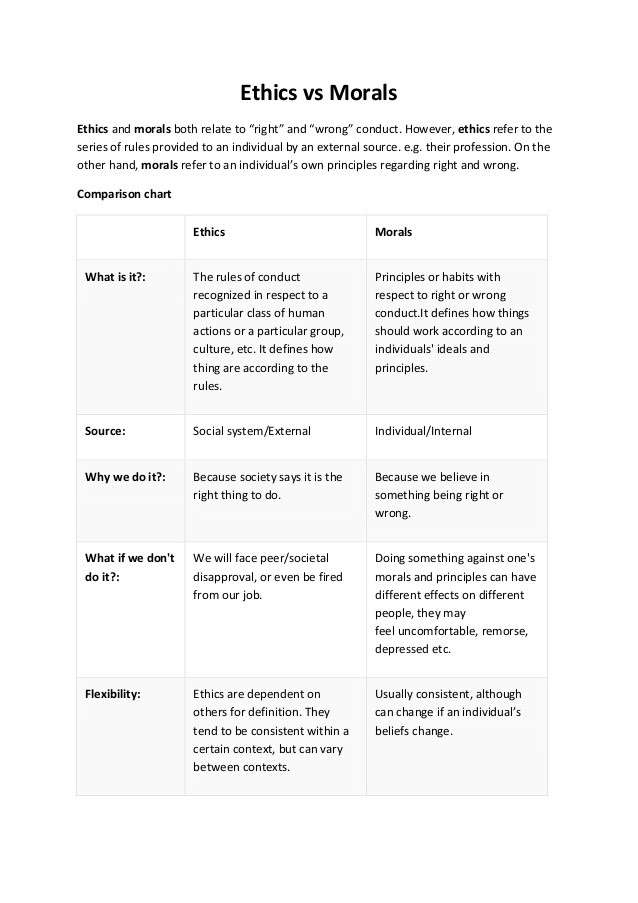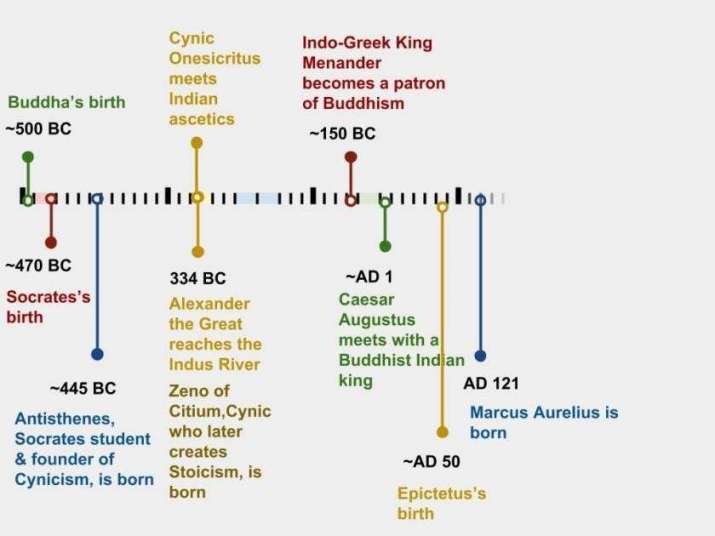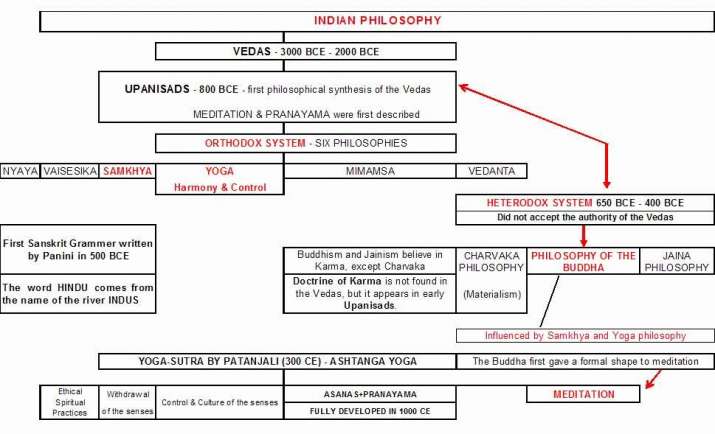
The pursuit of righteousness, as well as its opposite, the path of vice, has been an undercurrent throughout the development of humanity. The interplay of good and evil shapes the destinies of individuals and societies in cycles, seen and unseen. Philosophers and thinkers have pondered not only what constitutes righteousness but also what motivates it. Ethics is the discipline that studies the moral principles that govern a person’s behavior or conduct, and it is also the branch of knowledge that deals with moral principles.
Ethics and morals are closely related concepts, both historically and in modern use. Nonetheless, they can be distinguished in key ways, as shown in the table below. At a minimum, from the perspective of the agency, morals consider what is right for an individual, while ethics draw us toward societal views and standards of what is right.

Nowadays, as science and technology pervade and even regulate the lives of most individuals, it is imperative that ethical conversations enter into our development of biotechnology, genetic research, artificial intelligence, robotics, and more. Engineers, scientists, regulators, and stakeholders at large need to figure out widely agreed upon rules of conduct that do not inhibit scientific and technical progress. At the same time, these rules must ensure some ethical boundaries for the ongoing development of technologies.
The bottom line for ethical technologies is that they should work as intended. Similarly, they should be designed to limit malfunction and unintentional harm. It goes without saying that technology intentionally designed to malfunction or cause harm cannot be ethical.
As the frontiers of what is possible—both scientifically and technically—open up, new paths of inquiry arise. People are asking, “Is this right? And if so, according to what principles and priorities?” There are innumerable currents and schools of thought we can draw from as we investigate right and wrong, each offering different perspectives and standpoints depending on different beliefs.
In Western history, the foundations for ethical behavior have developed alongside two main axes: religious beliefs such as Christian ethics, and secular/philosophical beliefs beginning largely in the works of key Greek and Roman philosophers such as Aristotle, Socrates, and Epicurus, which developed into so-called “Classical Ethics,” passed down the centuries through great thinkers such as Kant, Mill, and many others.**
Eastern ethical schools have roots in traditions that are arguably older. The most ancient record for Vedic ethics, found in the Rigveda, has elements that reportedly date back thousands of years (exact dating is a matter of debate but approximately 3,000-3,500 years ago). These ethical teachings center on the notion of ritam, described as the cosmic order by which both the physical and the social worlds are sustained.
In the teachings of the Buddha, universal dynamics such as the law of interdependent origination are impacted by the actions and thoughts of sentient beings. Eventually, ideas such as personal responsibility for one’s actions as part of our relationship with the cosmic order became codified into a thought system that has been expounded from the Buddha to our own day.
Eastern ethics and Buddhist thinking, however, can be highly heterogeneous; there are differences between Chinese, Tibetan, and Indian views for example, as well as differences between Theravada and Mahayana Buddhist schools of thought.***
Scientists and researchers are becoming increasingly interested in Buddhist ethics because it provides an intermediate frame of reference between religious and secular ethics. This is because it is based on precepts of good conduct as offered in the guidelines for laypeople, monastic codes, and Bodhisattva vows, all of which advocate self-discipline and restraint. These virtues are developed in practices such as Tibetan mind training (lojong) in the context of worldviews that generally accept the reality of reincarnation, the law of cause and effect (karma), and cyclical existence.
There are two important points that I would like to share with readers. The first is the proposition that all ethical systems are either directly based on the Buddhist teachings, or indirectly related to them thanks to shared constructs such as natural law, as found in Western ethics; and second, that ethical behaviors may play a role in human evolution.
The relation of Dharma to all ethical systems
It can be said that in some ways the roots of ethics can be traced back to Eastern philosophy and to the teachings of Shakyamuni Buddha. These then spread from India to Europe through philosophical thinking by way of trade routes through the Middle East, eventually flourishing in Europe.
As shown in the infographics below, chronologically the Vedic and early Buddhist teachings precede classical ethics in the West. From this point of view, it can be inferred that all other schools of ethics, including secular ethics, followed. The Buddha’s exposition of the truth, or Dharma, can be conceptually and epistemically related to all aspects of ethical thinking and practice.
In addition to nonattachment, impermanence, and interconnectedness, the Dharma teaches that physical and mental restraint are necessary to control emotional impulses. Students of early Western philosophy will see these same ideals mirrored in the ethics of Stoicism.


Ethics and evolution
Ethical choices and decisions from this Buddhist viewpoint are considered meritorious and thus generate favorable conditions for this life and future rebirths. This is often described simply as “good karma.” At the individual level, ethical conduct may be a cause for being born with a healthy, pleasant body and adequate means to achieve one’s goals, for example.
There are no scientific methods to test the rather far-fetched hypothesis that there may be possible correlations between making ethical decisions and, say, changes to our DNA or any other physical measurable manifestation. However, questions such as how much our behavioral choices and mental models influence our physical evolution still arise. For example, what circumstances led humans to develop opposable thumbs while some other primates did not? And similarly, how much does our physical/biological evolution influence our ability to develop morally and make ethically driven choices?
Considerations such as these have been driving interesting lines of inquiry, such as those in the field of evolutionary ethics, which came into being with Darwin and his contemporary Herbert Spencer, whose theory stated that ethics evolves from natural principles (Principles of Ethics, 1892): seeking pleasure and avoiding pain drove biological and psychological evolution and therefore ethics is a natural principle.
Evolutionary ethics leverages the biological theory of evolution as a foundation for ethics, as an alternative to religion as a foundation for moral law. This idea is not dissimilar from the search for happiness that motivates the Dharma whereby virtue, generosity, and compassion are considered the source of happiness. A central assumption of evolutionary ethics is that genes direct the construction of the body and the brain.****
Another interesting and important contemporary branch of inquiry intersecting with ethics is neuroethics: the discipline concerned with the appropriateness of research methods in neuroscience, from safety to privacy and other human factors one must consider when thinking about potential malign uses of neuroscience tools and neurotechnologies.
Historically, neuroethics has provided an opportunity to synergize different disciplines, notably proposing a two-way dialogue between an “ethics of neuroscience” and a “neuroscience of ethics;” between applied ethics and society at large.*****
The Buddhist body of knowledge—which in our current era emanates from Shakyamuni—contributes important foundations to the study of consciousness, evolution, and the nature of reality, which are central to exploring the interrelationship between consciousness and ethical awareness in the light of cause and effect. Today, as we look for methods to ensure that science and technology develop to serve humanity without causing suffering and potentially becoming lethal, Western and secular ethics should take into account the precious heritage of worldviews based on the Dharma.******
* Ethics vs Morals (Slideshare CDN)
** Rich, Karen. 2015. “Introduction to Ethics.” Nursing Ethics: Across the Curriculum and Into Practice. Burlington, MA: Jones & Bartlett Learning. https://samples.jbpub.com/9781449649005/22183_CH01_Pass3.pdf
*** Goodman, Charles. 2017. “Ethics in Indian and Tibetan Buddhism.” Stanford Encyclopedia of Philosophy https://plato.stanford.edu/entries/ethics-indian-buddhism/
**** Wilson, Catherine. 2006. “Evolutionary Ethics.” Handbook of the Philosophy of Biology. Matthen and Stephens, ed. Oxford: Oxford University Press. https://www.researchgate.net/publication/253341666_Evolutionary_Ethics
***** Tsomo, K. L. 2012. “Compassion, ethics, and neuroscience: neuroethics through Buddhist eyes.” Sci Eng Ethics. 18(3):529-37. https://www.ncbi.nlm.nih.gov/pubmed/22618161
****** Edelglass, William 2013. “Buddhist Ethics and Western Moral Philosophy.” A Companion to Buddhist Philosophy. Ed. by Steven M. Emmanuel. https://www.researchgate.net/publication/277705091_Buddhist_Ethics_and_Western_Moral_Philosophy












